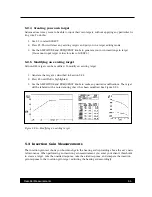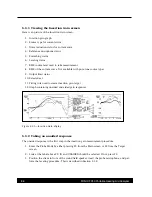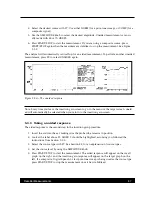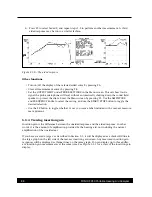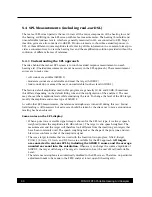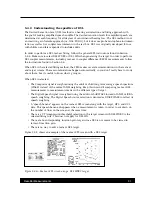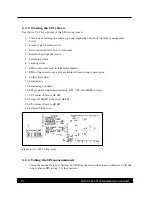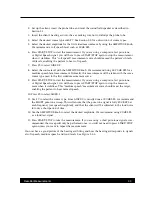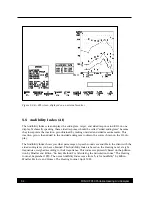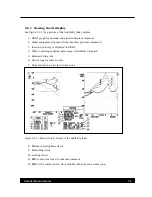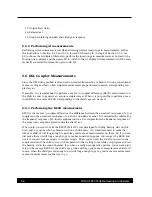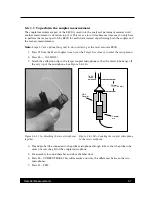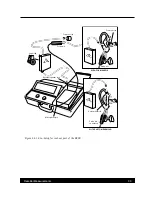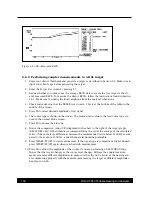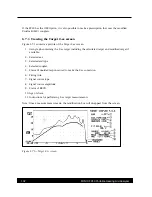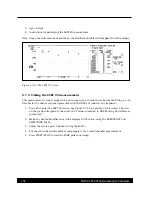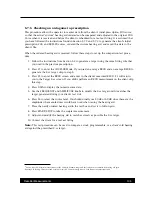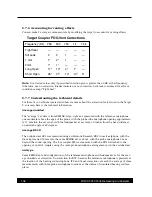
Real-Ear Measurements
91
5.4.2 Understanding the specifics of DSL
The Desired Sensation Level (DSL) method is a hearing aid selection and fitting approach with
the goal of making amplified speech audible. The desired sensation levels for amplified speech are
determined at each frequency for all degrees of sensorineural hearing loss. The DSL method is not
an insertion gain formula approach (i.e. NAL, POGO), but it does use probe microphone instrumen-
tation as well as 2-cc coupler measurements in the test box. DSL was originally developed for use
with children and later expanded to include adults.
In order to perform a DSL real-ear fitting, follow the general SPL instructions found in Section
5.4.4. Make sure to select DSL WDRC or DSL LIN when generating the target. In order to perform
DSL coupler measurements, including real-ear to coupler difference (RECD) measurements, follow
the instructions found in Section 5.6.
When DSL is the selected fitting method, the FP40 makes several accommodations in the real-ear
and target screens. These accommodations happen automatically, so you don’t really have to worry
about them, but it’s useful to know what’s going on.
When DSL is selected:
• The Composite signal is weighted using the adult or child long-term average speech spectrum
(LTASS) instead of the normal ANSI weighting. Keep this in mind if comparing real-ear DSL
measurements to measurements made with a different type of target.
• The Digital Speech signal is weighted using the adult or child LTASS instead of ANSI or ICRA
speech weighting. The Digital Speech source selection is denoted as DIGSP LTASS to reflect its
speech weighting.
• A “speech banana” appears on the real-ear SPL screen along with the target, HTL, and UCL
data. This speech banana disappears when a measurement is taken, in order to cut down on
the number of lines on the screen at the same time.
• There is a CT (compression threshold) selection in the target screen with DSL WDRC is the
selected fitting rule. This does not apply for DSL LIN.
• There are no corresponding insertion gain targets since DSL is not meant to be viewed in
terms of insertion gain.
• There is no way to edit a real-ear DSL target.
Figure 5.4.2 shows an example of the real-ear SPL screen with a DSL target.
Figure 5.4.2—Real-ear SPL screen using a DSL WDRC target









